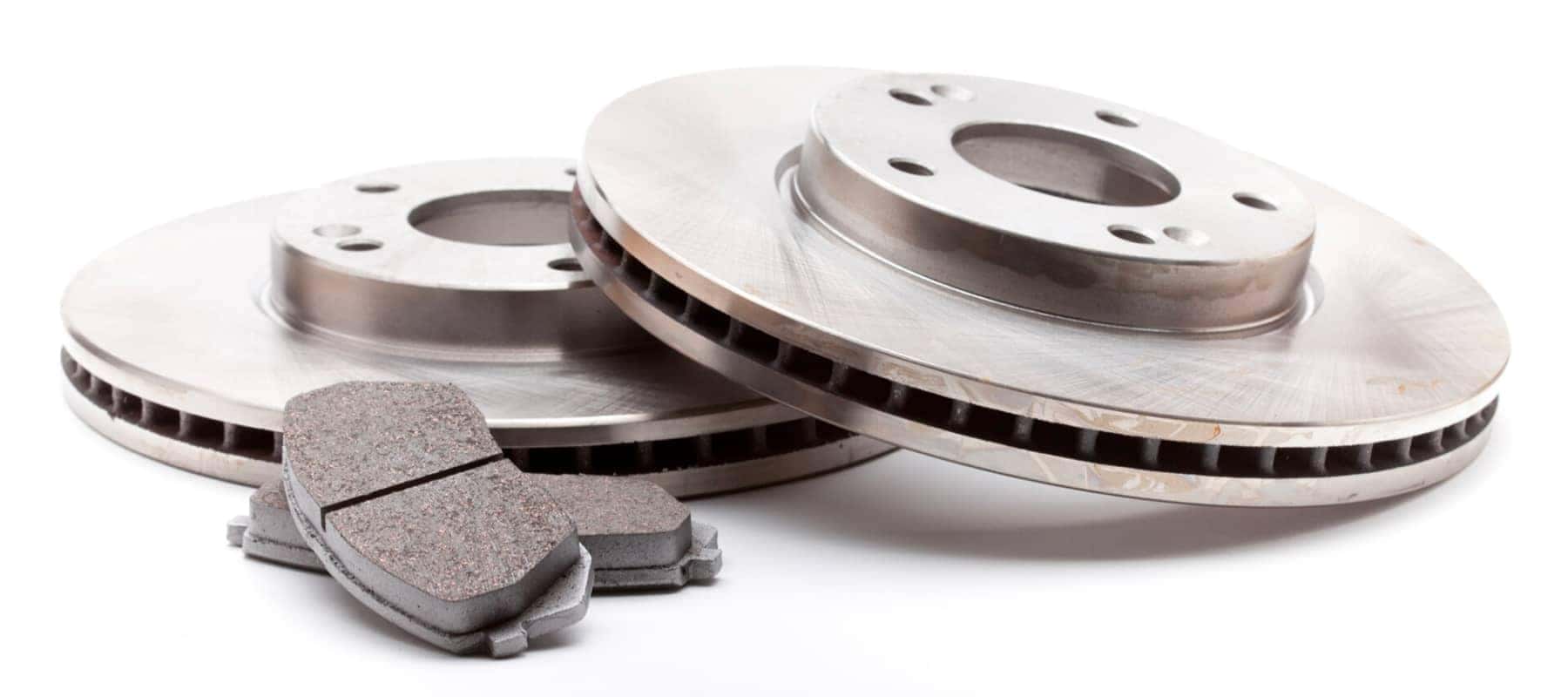How to Bleed Brakes?

Certified GM Service
The brake system on your car, SUV, or truck is made up of a variety of components that work together to provide the optimum stopping power you need on Ellerslie-area roads and beyond. That’s why it is so important to ensure that your brake pads, rotors, and calipers are always functioning properly.
In some circumstances, air may get trapped in the brake system, which will make the pedal feel “spongy” and negatively affect your stopping power. In order to release the trapped air, you’ll need to know how to bleed the brake lines. While we strongly recommend that you schedule an appointment at the Capital GMC Buick Service Centre to have our expert technicians take care of this, we believe knowing how to bleed brakes is important information every Edmonton driver should know. Learn more about how to bleed brakes by yourself in this guide from our certified service team.
Why is Bleeding the Brakes Important?
Over time, the moisture resistance of brake fluid wears down, and the fluid will begin to absorb water. Air can also get into the brake system, causing the brake pedal to feel “soft” or “spongy” when you press it. Bleeding the brakes helps remove any trapped air, giving your brake pedal a firmer feel, while providing the full stopping power needed to keep you and those around you safe on the roads in and around Millwoods.
How to Bleed Brakes By Yourself
If you want to try bleeding your brakes at home, you’ll need the following:
Once you are ready, follow these steps on how to bleed brakes by yourself:
Get Brake Service at Capital GMC Buick!
Knowing how to bleed the brake lines on your vehicle can help ensure your safety on Edmonton roads. If you’d rather leave the job of bleeding your car’s brakes to the professionals, the team at Capital GMC Buick is here to help. We provide expert brake service and you can rely on our skilled technicians to get the job done right. Please contact our Service Centre if you have any questions or concerns.

